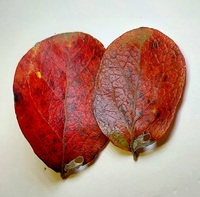
| Recorded by: Mark Basinger on 2025-11-22
Rowan Co.
Comment: | 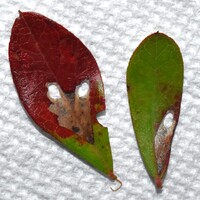
| Recorded by: Jeff Niznik, David George on 2025-11-09
Richmond Co.
Comment: |

| Recorded by: Jeff Niznik, David George on 2025-11-09
Richmond Co.
Comment: | 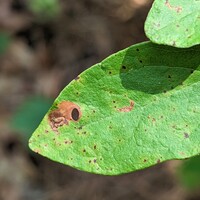
| Recorded by: Jeff Niznik on 2024-06-15
Scotland Co.
Comment: |

| Recorded by: Jeff Niznik on 2024-06-15
Scotland Co.
Comment: | 
| Recorded by: Tracy Feldman on 2023-12-01
Wake Co.
Comment: Old mine on Vaccinium arboreum. |
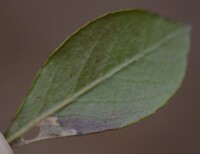
| Recorded by: Tracy Feldman on 2023-12-01
Wake Co.
Comment: Old mine on Vaccinium arboreum. | 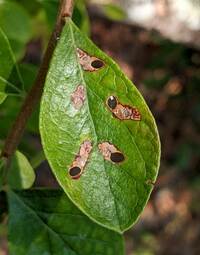
| Recorded by: Jeff Niznik on 2023-06-18
New Hanover Co.
Comment: Old mine on Vaccinium arboreum. |
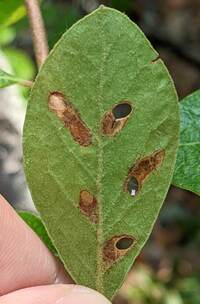
| Recorded by: Jeff Niznik on 2023-06-18
New Hanover Co.
Comment: Old mines on Vaccinium arboreum. | 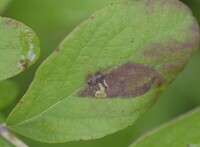
| Recorded by: Tracy Feldman on 2023-05-30
Moore Co.
Comment: An occupied mine on Gaylussacia frondosa. |
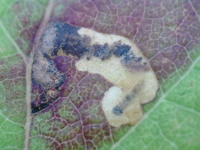
| Recorded by: Tracy Feldman on 2023-05-30
Moore Co.
Comment: An occupied mine on Gaylussacia frondosa. | 
| Recorded by: Tracy Feldman on 2023-05-30
Moore Co.
Comment: An occupied mine on Gaylussacia frondosa. |

| Recorded by: Tracy Feldman on 2021-08-18
Scotland Co.
Comment: An unoccupied mine on Gaylussacia frondosa. | 
| Recorded by: Tracy Feldman on 2021-08-18
Scotland Co.
Comment: An unoccupied mine on Gaylussacia frondosa. |

| Recorded by: Tracy Feldman on 2021-06-22
Bladen Co.
Comment: An occupied mine on Gaylussacia frondosa; adult was reared and emerged 7/12/21. | 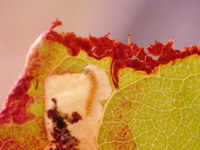
| Recorded by: Tracy Feldman on 2021-06-22
Bladen Co.
Comment: An occupied mine on Gaylussacia frondosa; adult was reared and emerged on 7/12/21. |
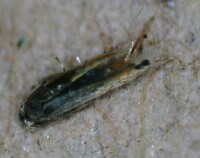
| Recorded by: Tracy Feldman on 2021-06-22
Bladen Co.
Comment: From an occupied mine on Gaylussacia frondosa; adult was reared and emerged on 7/12/21. | 
| Recorded by: Tracy Feldman on 2020-11-08
Wake Co.
Comment: |

| Recorded by: Tracy Feldman on 2020-08-17
Scotland Co.
Comment: | 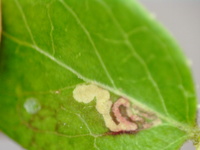
| Recorded by: Tracy Feldman on 2020-08-17
Scotland Co.
Comment: An occupied mine on Vaccinium arboreum; adult was reared from this one by 9/10/2020. |
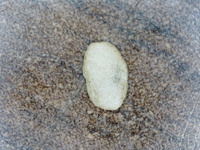
| Recorded by: Tracy Feldman on 2020-08-17
Scotland Co.
Comment: A leaf cut-out from Vaccinium arboreum; adult was reared from this one by 9/10/2020. |

 »
»


 »
»
